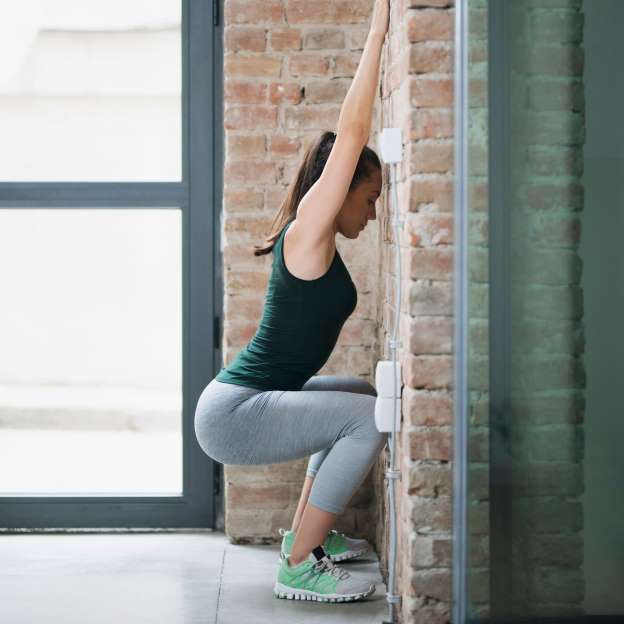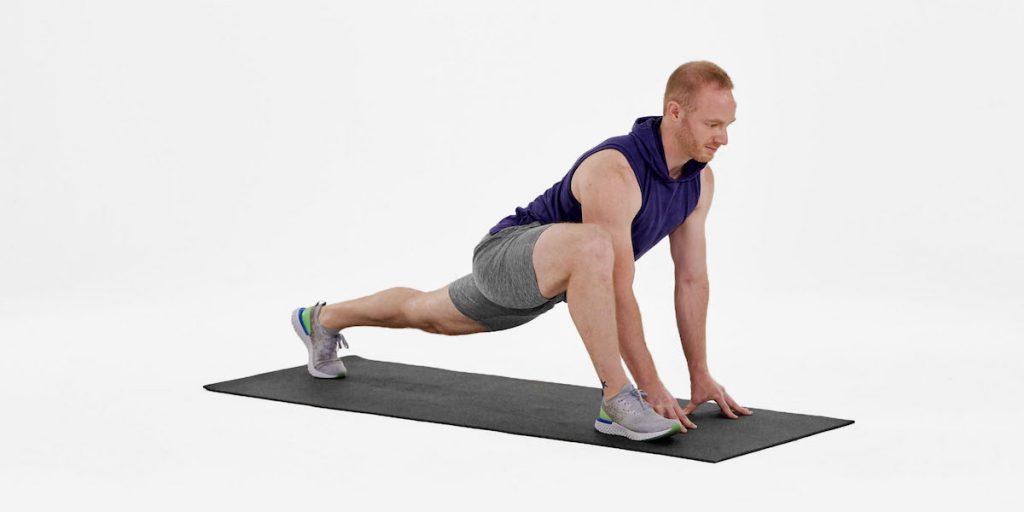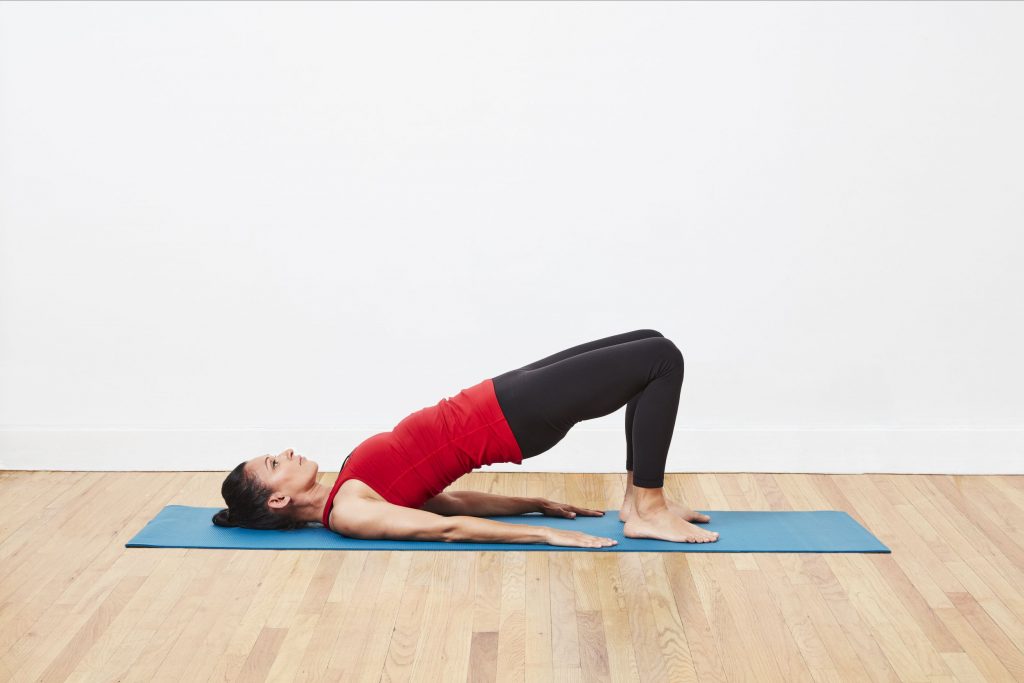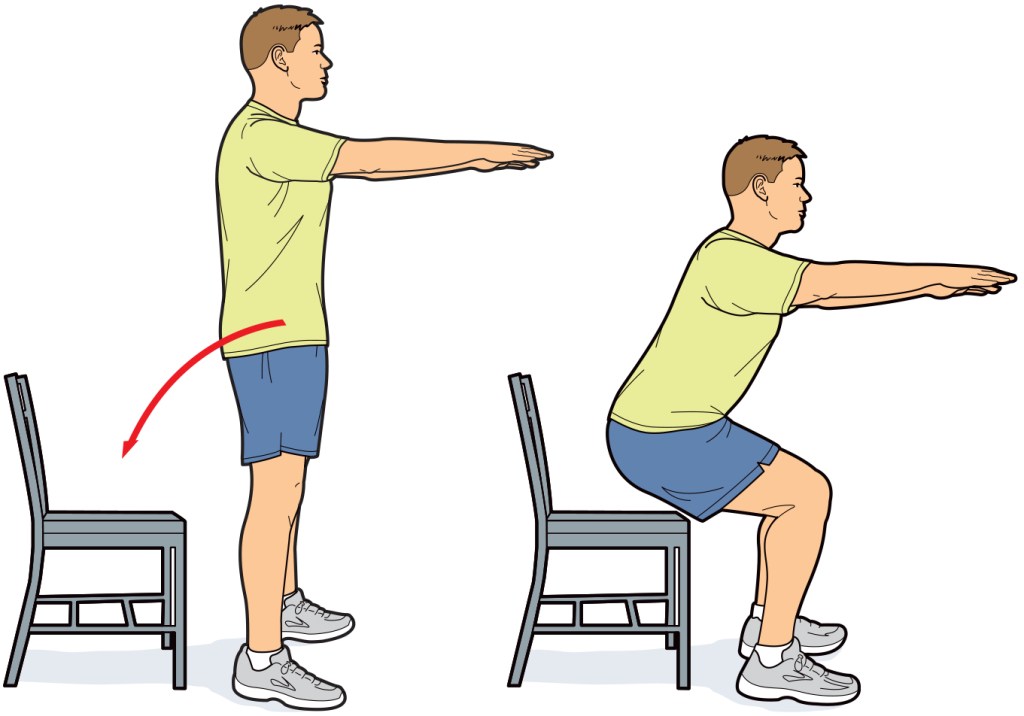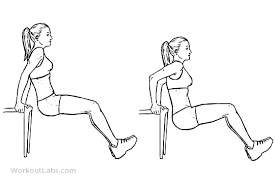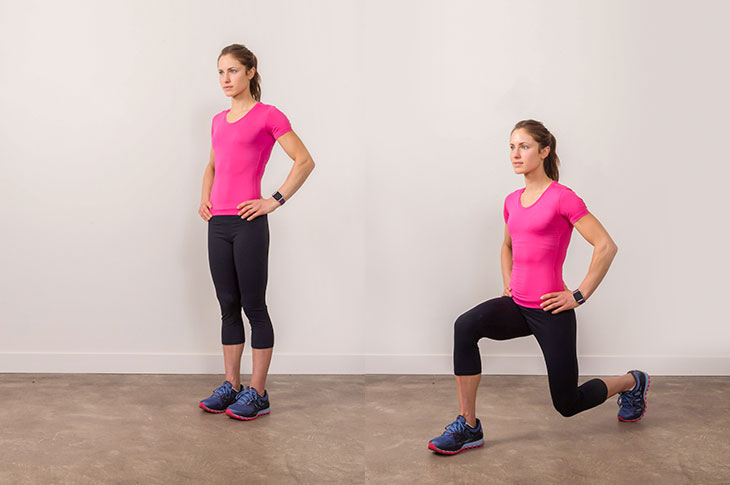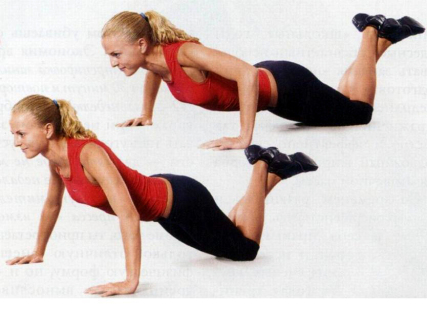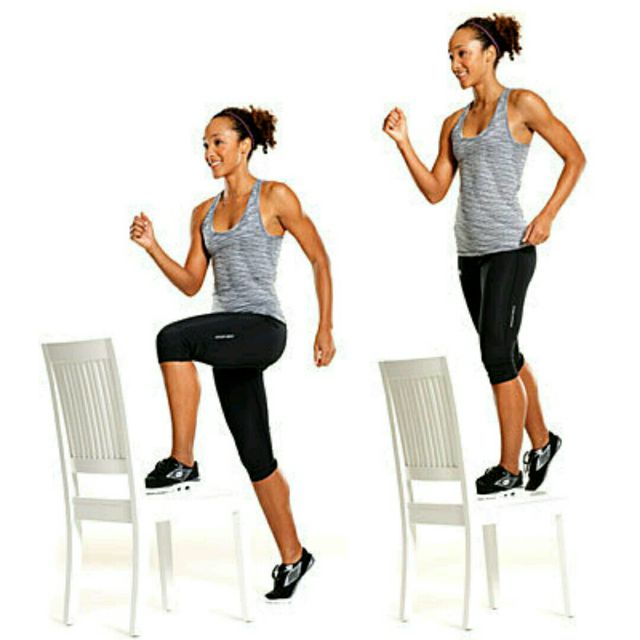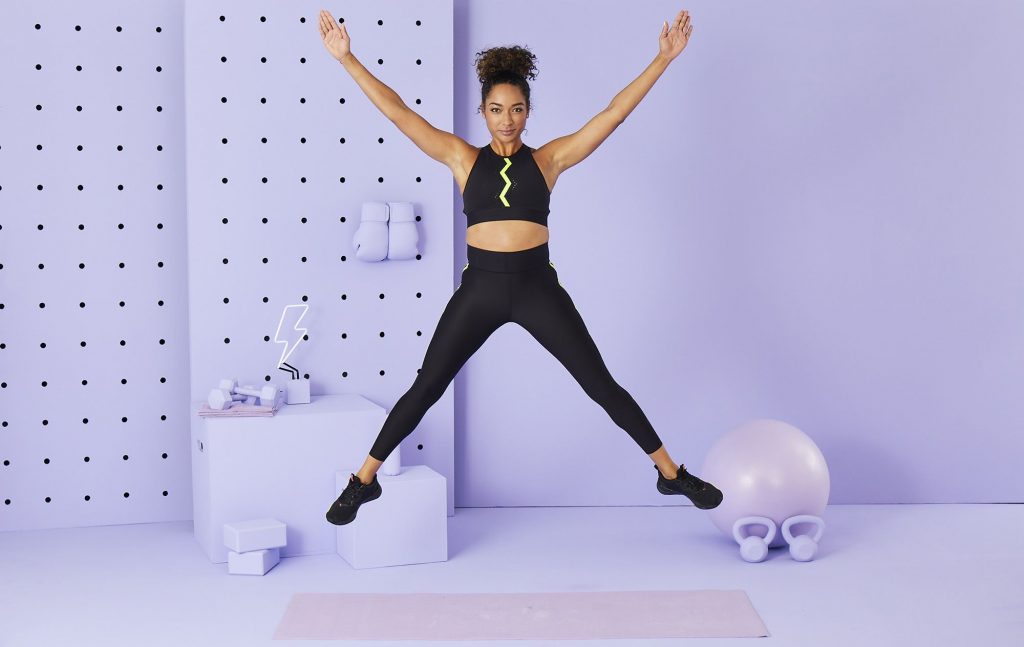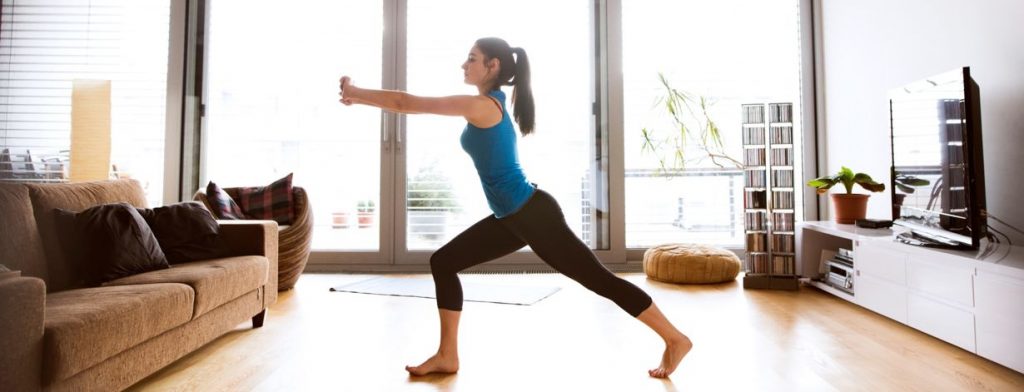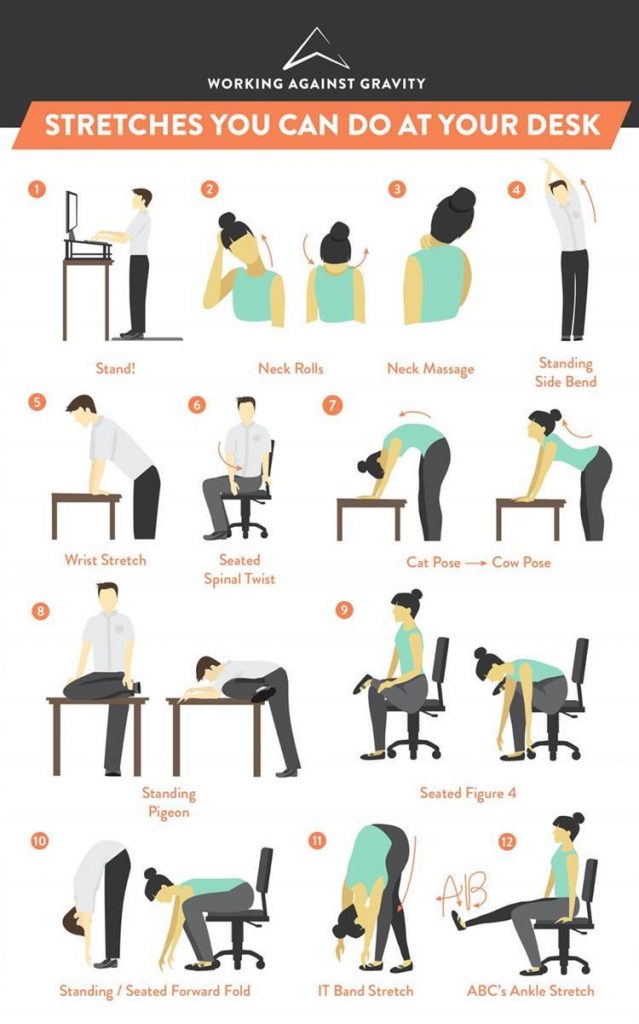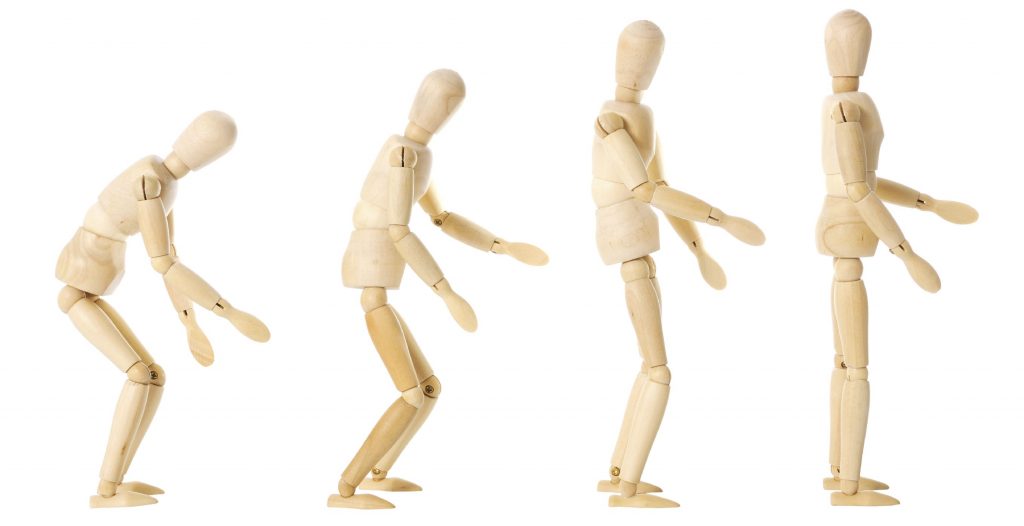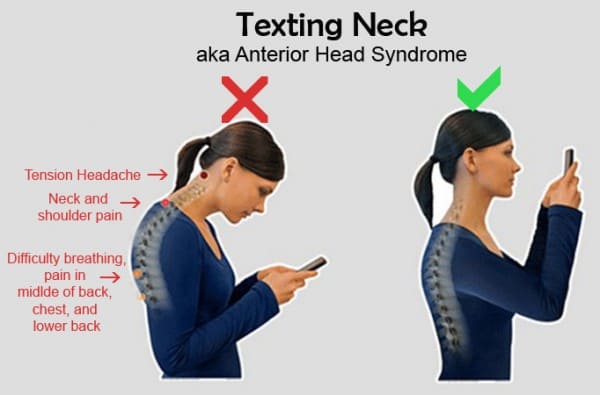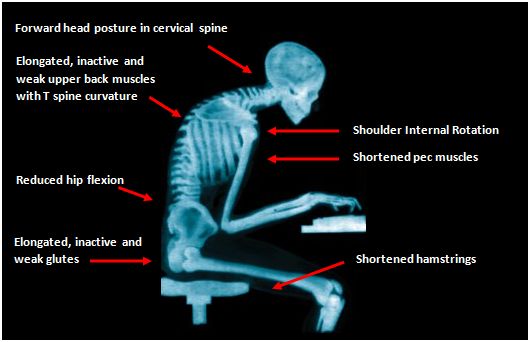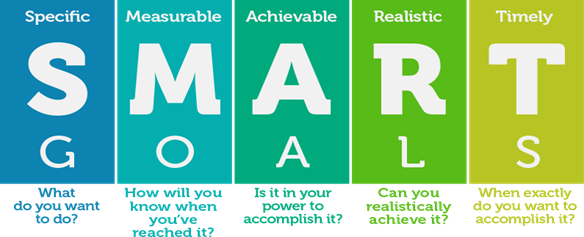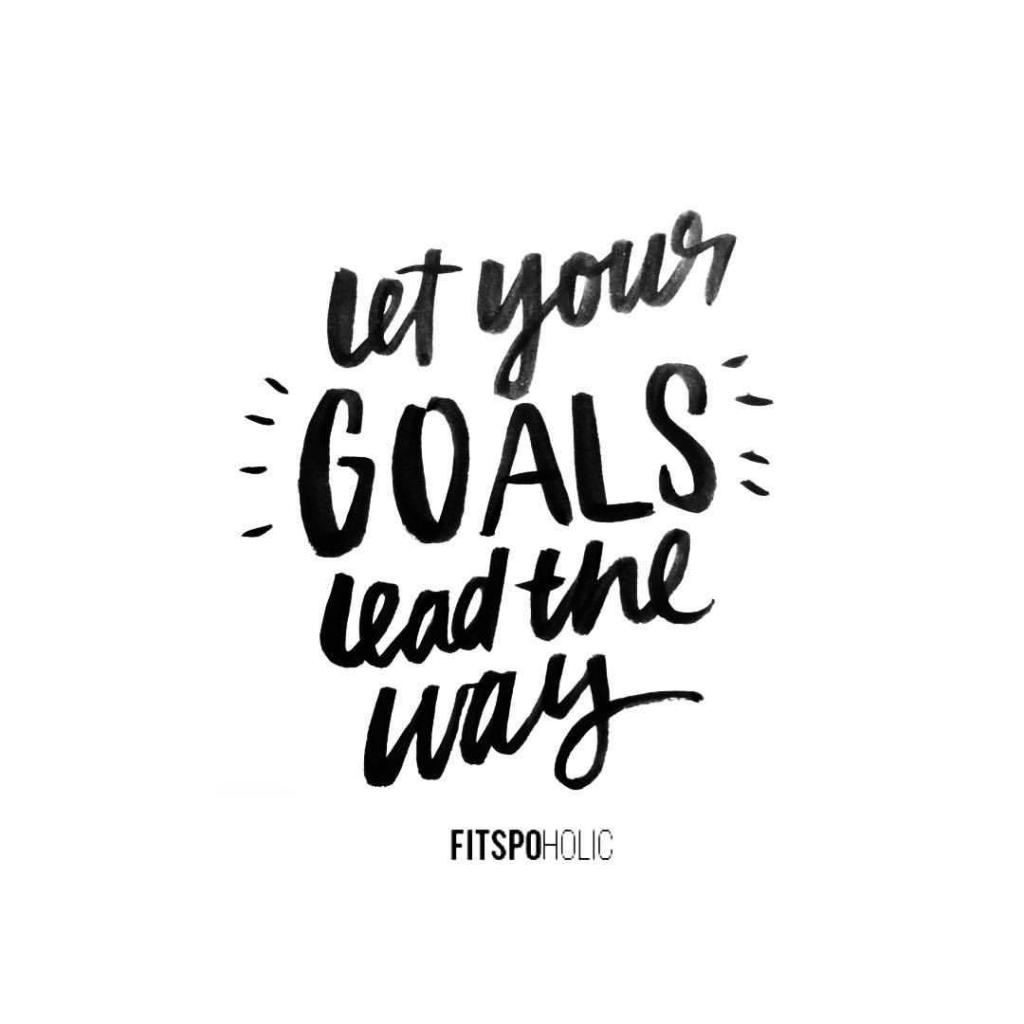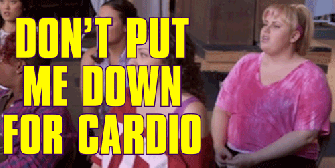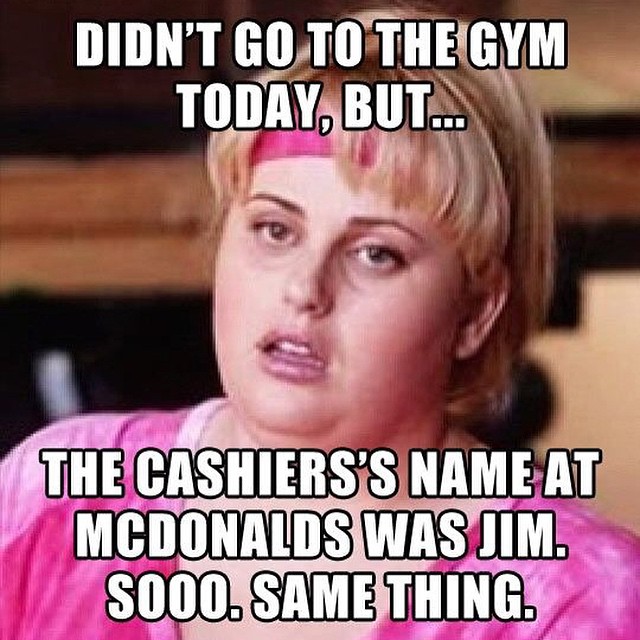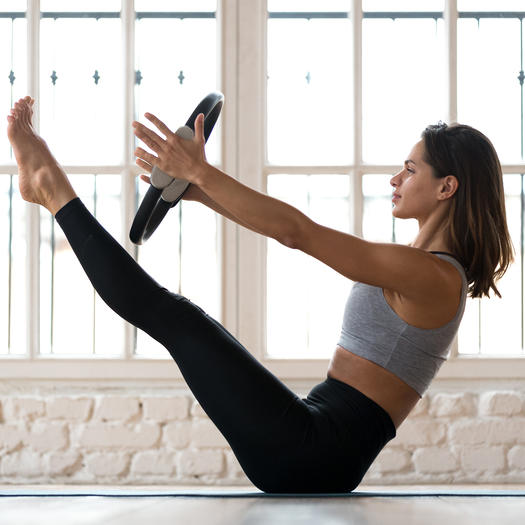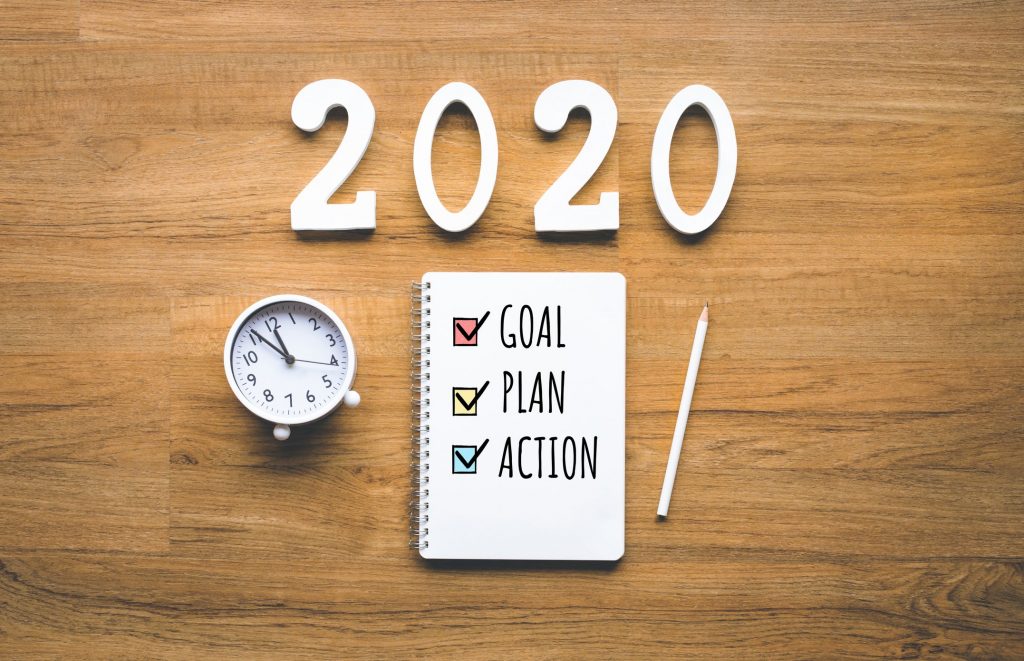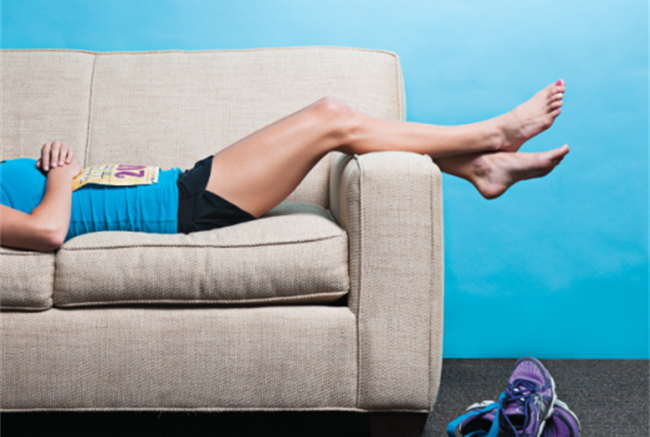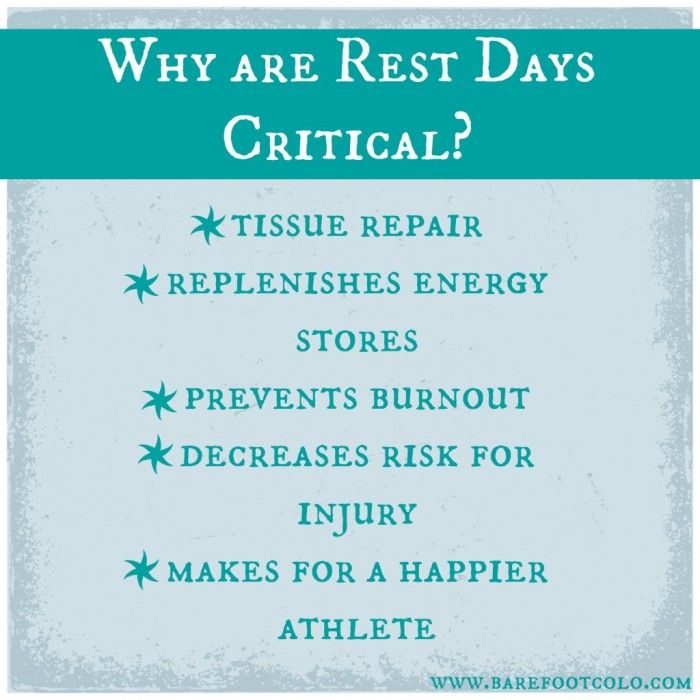Lockdown Core Training
Posted on April 22nd, 2020 by Andries Lodder
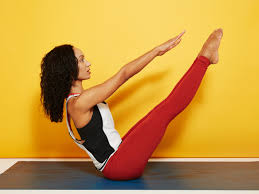
If you’ve been wanting to try improve your core strength but just cant get around to it due to lack of time, energy or motivation, what better time is there than now. Lockdown is your time to shine.
Pilates is a great way to do this. It is a form of low-impact exercise which aims to strengthen the entire body, improve postural alignment and flexibility. When engaging in pilates exercises, we focus on mind body connection to receive maximum benefit.
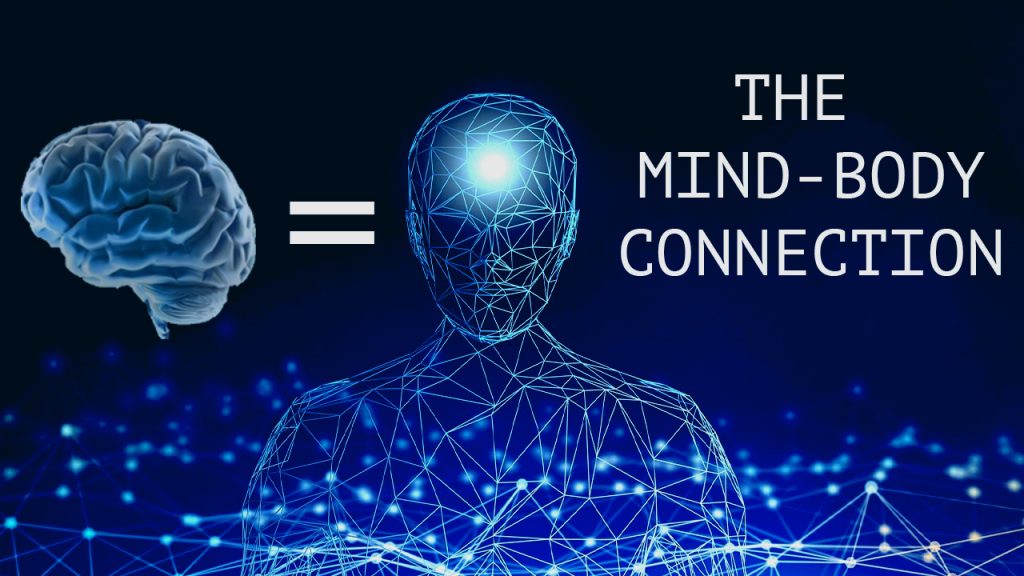
What to focus on
There are two basic rules when performing pilates exercises to ensure you are executing correctly.
- Breathing – try focusing on your breathing during your pilates session. The correct breathing technique will allow you to contract the core correctly, ensuring the load is place on the core and not your back for instance.
So the secret to correct breathing is to think about moving slow and controlled, exhaling whenever you are moving, pausing and holding a movement when you inhale.
- Keep the core tight – to ensure your core is tight throughout the whole movement, you want to keep the lower back in contact with the floor AT ALL TIMES!
For some feedback, place something thin under your lower back (a sleeve from a top/ theraband) and tie the other end to something that will pull on it, so if you do let you back come off the floor it will pull out from under you.
Beginners pilates program
2 -4 rounds of the following:
10 x chest lifts
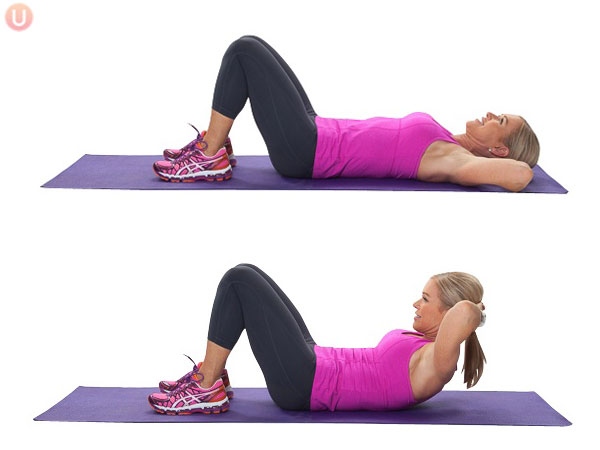
- Laying on your back, knees bent and hands behind the head to support back.
- Push the lower back into the floor, keeping contact throughout the movement, crunch up with the chest to look through the thighs.
10 x single leg chest lifts
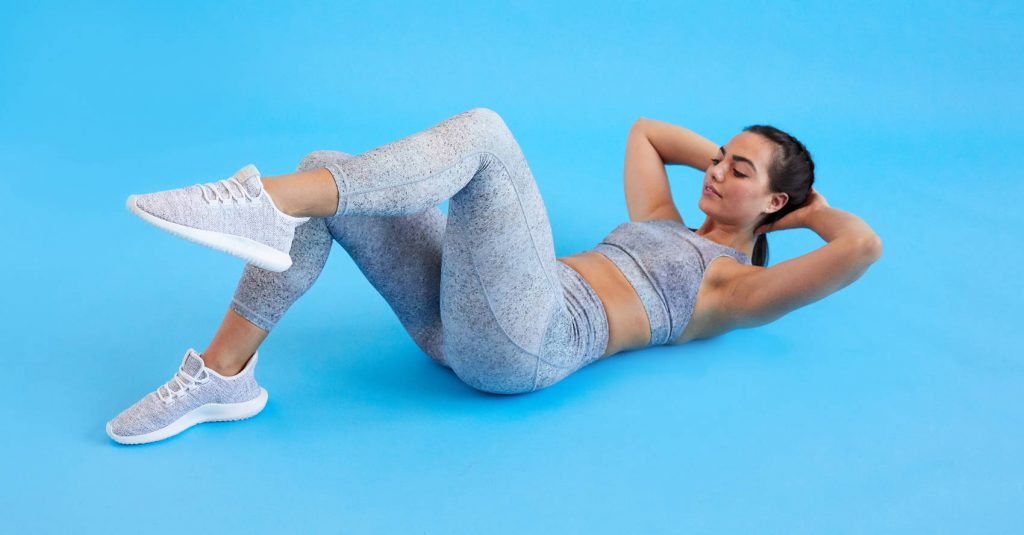
- In the same position and movement as the crunch
- When crunching up you will simultaneously bring one leg up towards the chest, keeping the knee bent at 90 degrees.
- When lowering the chest back to the floor, lower the leg to the floor, tapping the heel and back up (repeat all reps on one said and then swap)
5 x 10 sec chest lifts hold legs at 90 degrees
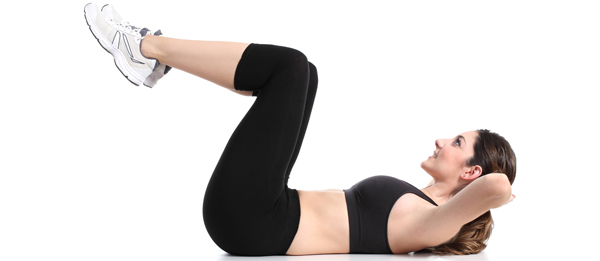
- Assuming a crunch positio
- Lift one leg at a time to get both legs bent to 90 degrees at the hips and knees
- Hold this position for 10 seconds
- Return to start by lowering one leg at a time to the floor.
10 x chest lifts legs at 90 degrees
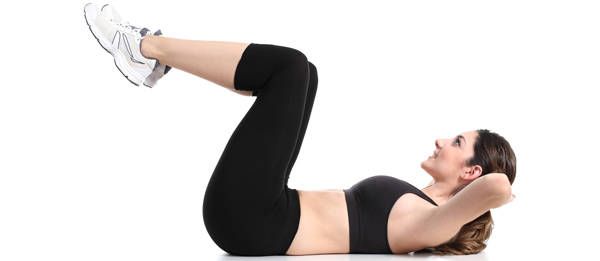
- Assume crunch hold position
- Keeping the legs in the air,
- The upper body performs a crunch motion
- Keep lower back contact with the floor at all times.
5 x 10 sec chest lifts hold legs straight up
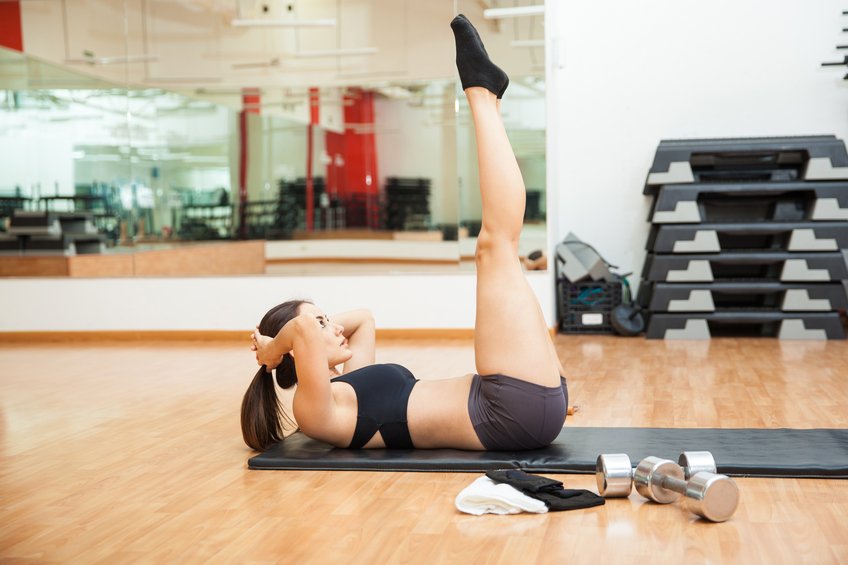
- Assume chest lift hold position
- From here you are going to straighten then legs up towards the ceiling
- Holding for 10 seconds and returning to start.
10 x chest lifts hold heel taps
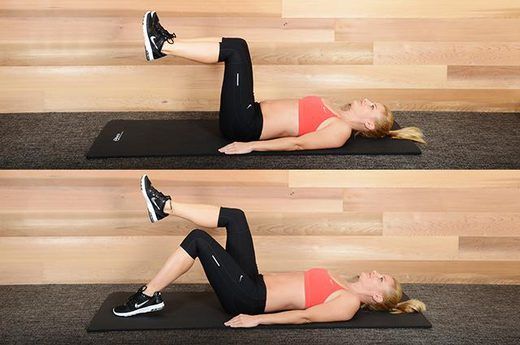
- Starting in a chest lift position
- Keeping the trunk and upper body as still as possible, extending from the hip slow and controlled, tap one heel down to the floor, alternating legs.
10 x chest lifts with rotation

- In a chest lift position
- Rotate from the trunk (like squeezing out a wet towel) hold for a second and return back to the middle.
- Without resting alternate sides for the required reps.
We hope your core is now on fire!!!
Don’t hesitate to get in contact with us if you have any questions!

